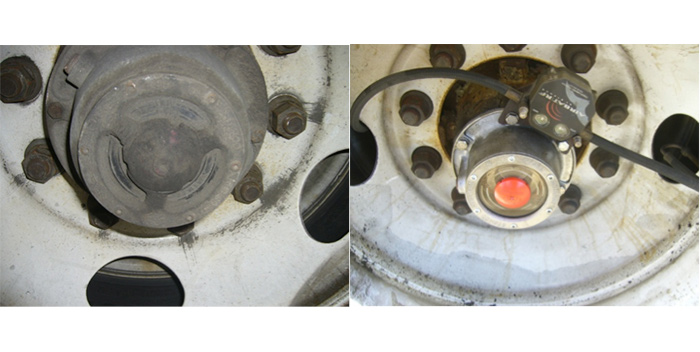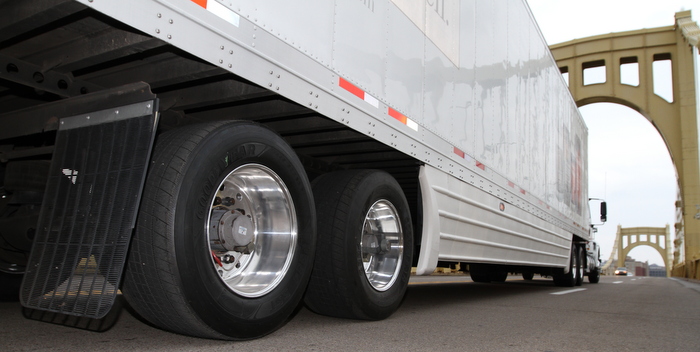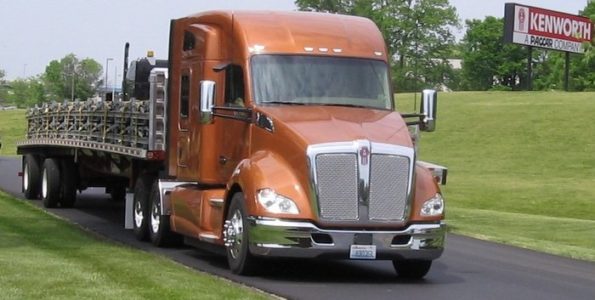In October, the National Highway Traffic Safety Administration (NHTSA) released its final report on stability control systems for commercial trucks. Called “Safety Benefits of Stability Control Systems For Tractor-Semitrailers,” it was conducted by the University of Michigan Transportation Research Institute (UMTRI) under a cooperative agreement between NHTSA and Meritor WABCO Vehicle Control Systems.
The purpose of the study was to examine the performance of electronic stability control (ESC) systems and roll stability control (RSC) systems for heavy-truck tractor-semitrailers. It was based on the analysis of independent crash datasets using engineering and statistical techniques to estimate the probable safety benefits of stability control technologies for 5-axle tractor-semitrailer vehicles.
For those who may have forgotten, RSC system technology is simpler in design (less expensive) than ESC. It is designed to react to roll instability, primarily a roll event with too much lateral acceleration. The technology reduces the risk of a rollover caused by excessive speed in a curve or during rapid directional change and/or an avoidance maneuver. ESC technology has all the features of RSC with the addition of the ability to address directional instabilities, typically referred to as over- or under-steer conditions. It can sense a loss of directional control and then react by braking the appropriate wheel of the vehicle to correct the direction it is traveling.
Alan Korn, director of vehicle dynamics and controls at Meritor WABCO Vehicle Control Systems, says, “We offer both systems to satisfy a variety of customer applications, because not all fleets need the same technology. As an example, a fleet that travels in slippery, wintry conditions may have a greater need for the ESC. We believe fleets need to have a choice.”
Following the release of the study there were positive comments, Korn noted, but added that some fleets understand that safety pays and are early adopters of technology, while others find it hard to quantify the advantages of adding safety technology to vehicles. However, those who hesitate may be interested to know that the study found:
• Annually, stability systems have the potential to prevent as many as 4,659 crashes, 126 fatalities, and 5,909 injuries, and as much as $1.738 billion in economic losses.
• Tractor-semitrailers are involved in 178,000 crashes a year. Only 4.6% involve rollovers, yet two-thirds of all heavy-truck occupant fatalities occur in rollover crashes. Also, injuries are most severe in rollovers.
• Odds of loss of control are 4.7 times higher on curved roads than straight ones.
• A rollover is more likely on dry surface conditions, while loss of control was more likely on wet surfaces or in road conditions with less friction.
• The odds of rollover increase as cargo weight increases.
• Odds of loss of control were 1.9 times greater for tanks than vans.
The entire NHTSA report can be accessed by clicking here. Take a look and let us know if you have any questions about the report. Korn has told us that those involved in the testing would like fleet feedback on the way the findings were reported so that they can improve reporting, if necessary, on the next test for straight truck and buses. You may e-mail me at [email protected].









